The Panasonic Lumix GX8 is a camera full of firsts, from its new 20.3MP Micro Four Thirds sensor to the integration of Panasonic’s first dual image stabilisation system. Of course, as with any new feature, photographers are curious to know just how they stack up against the competition – namely, the 16MP sensor on other Micro Four Thirds cameras and the 5-axis in-body stabilisation found on Olympus OM-D cameras.
Since we own the flagship Olympus OM-D E-M1, we decided to use it as our point of comparison. Its sensor is representative of most 16MP Micro Four Thirds sensors you’ll find on the market today, and the 5-axis stabilisation is only second to that inside the OM-D E-M5 II.
Note: Unless otherwise stated, all images are Raw files exported from Lightroom CC as JPGs.
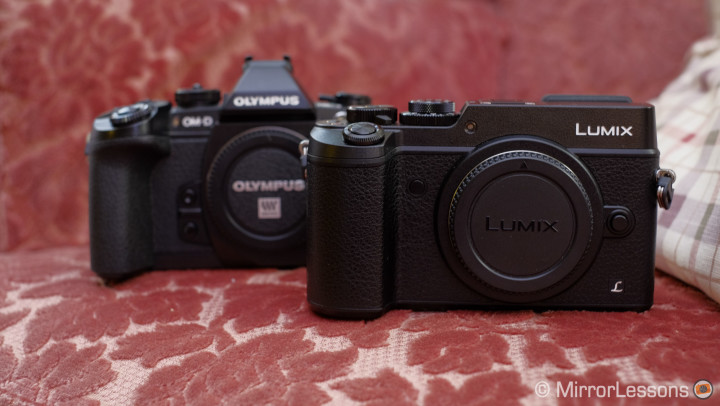
GX8 vs. E-M1: Image Quality
1. 20MP vs 16MP – Sharpness
We started off by comparing the resolution/sharpness of the 20MP sensor of the GX8 to the 16MP sensor of the E-M1.
To perform the test, I used the M.Zuiko 12-40mm f/2.8 PRO lens with the aperture set to the sharpest value of f/5.6. Since I was shooting outdoors on a sunny day, I chose a white balance of 5600 K and an ISO of 200 with the Natural profile. The same focus point was selected for each pair of shots.
Sincerely speaking, neither of us expected to see a significant difference in sharpness between the GX8’s 20MP sensor and the E-M1’s 16MP sensor and it turns out that our intuitions were spot on. The Raw files from both cameras are excellent and practically identical in terms of sharpness.




As for the JPGs, it seems that the E-M1’s JPG engine applies more contrast and sharpness when left at the standard settings. Of course, should you want more sharpness and contrast from the GX8’s OOC JPGs, you can always increase both from the picture profile menu.


The call of a higher megapixel count is always tempting (just look at the world’s reaction to the recent announcement of Canon’s 250MP APS-H sensor), but the truth is that in the real world, the addition of only a few megapixels won’t make a tangible difference to the sharpness of your images. That’s not to say this new 20MP sensor isn’t excellent; it just isn’t a game changer.
3. 20MP vs 16MP – High ISO Performance
The second test took place indoors in a dimly lit room with the M.Zuiko 12-40mm f/2.8 PRO mounted on the two cameras. I compared the ISO performance from Low ISO 100 all the way up to 25600. The settings of the two cameras were exactly the same for each shot (WB of 5000 K, aperture of f/8, Natural profile). I also set noise reduction to 0 on the GX8 and Standard on the E-M1. (Note that you can choose a NR value as low as -5 and as high as +5 on the Lumix, so 0 is more or less the equivalent of Standard.)
Looking at the Raw files, there isn’t any visible difference in performance. Both perform well up to ISO 1600 and produce useable files up to 3200 or 6400 ISO depending on your tolerance for noise. After 6400 ISO, the files become too grainy to be useful and there is a significant loss in detail.
Below are two examples taken at 3200 ISO. For a full set of images, you can visit our SmugMug gallery.


You may notice that the Olympus files have a slightly warmer tone than the Lumix files despite the WB being the same. This is because Lumix cameras generally produce colder images with more of a magenta tinge.
3. 20MP vs 16MP – Dynamic Range
The next step was to look at the dynamic range of the two sensors. Living so close to the sea, there wasn’t a better subject to test the DR than the setting sun!
In this case, I used the Lumix 35-100mm f/2.8 at f/8. The white balance and ISO were set to 3500 K and 200 respectively.
Below you’ll find two pairs of images. The first pair consists of the untouched Raw files from the GX8 and E-M1. The second consists of the post-produced versions with the shadows opened to +100 and the highlights reduced by -100 in Lightroom CC. Move the slider to the right to see the GX8 image. Move it to the left to see the E-M1 image.
Once again, there aren’t any significant differences to speak of. It is quite easy to recover details from the highlights and shadows, though some noise does appear if you recover the shadows too much.
The two pairs of crops below show the similarities in highlight and shadow recovery.
4. 20MP vs 16MP – Long Exposures
The fourth and final test dealt with noise reduction for long exposures. It is well-known that the E-M1 suffers from a lot of noise when NR is turned off. This is problematic for star trails because leaving NR to ON will result in gaps between your images while leaving it off will generate too much noise.
Thankfully, Olympus came up with a solution in the form of Live Composite, a feature that allows you to take star trails in-camera with automatic noise reduction. The GX8, on the other hand, doesn’t have a Live Composite mode for star trails, so it is essential that long exposures taken with this camera don’t produce too much noise with NR set to OFF.
To test the two cameras, I placed them on a tripod, turned off NR for long exposures and set a shutter speed of 30 seconds.


As you can see, there is significant noise (small white specks) in the E-M1 file while the GX8 file appears very clean.
Visit our SmugMug gallery to see a full series of high resolution images taken with the GX8 and E-M1. All the files are JPGs exported from Raw in Lightroom CC.
GX8 vs. E-M1: Image Stabilisation
Once image quality was done, it was time to move on to image stabilisation. Most cameras in the Olympus OM-D series have 5-axis in-body stabilisation, which means that you can stabilise any lens regardless of whether or not it has optical stabilisation. In our previous tests, we’ve been able to achieve in-focus shots down to 1 second with the E-M1 and an amazing 1.5 seconds with the E-M5 II.
Lumix cameras, on the other hand, rarely have in-body stabilisation because most Lumix G lenses already have optical stabilisation. The only two Lumix cameras to incorporate in-body stabilisation are the GX7 and GX8. The difference with the GX8 is that it employs a new Dual IS system whereby the in-body stabilisation of the camera and the optical stabilisation of the lenses work together.
In our previous tests, we didn’t find the GX7’s in-body stabilisation as effective as the 5-axis stabilisation of the OM-D series, so we were curious to see whether the new Dual IS system would make a difference. To perform these tests, we used the M.Zuiko 12-40mm f/2.8 and Lumix 35-100mm f/2.8.
5 axis in-body vs. 4 axis in-body
The GX8 will only activate its 4-axis in-body stabilisation when non-stabilised lenses are used, such as those in the M.Zuiko line-up. For the test, I mounted the M.Zuiko 12-40mm f/2.8 PRO lens on both cameras and took a series of shots between 1/8 of a second and 1 second at 40mm.
I have to say that I was quite surprised by the results I achieved with the GX8’s in-body stabilisation. Despite only working on 4 axes, I was able to take sharp shots down to 0.8 seconds with a couple of attempts.

With the E-M1, I was able to achieve a sharp image at 1 second on my second attempt, which is consistent with the results we’ve achieved in the past.

5 axis in-body vs. Dual I.S.
I then mounted the Lumix 35-100mm f/2.8 on the GX8 to test the combination of optical stabilisation and the camera’s in-body stabilisation. In this case, I achieved results that were comparable to the E-M1. After two attempts, I managed to achieve an in-focus shot at 1 second.

It is worth bearing in mind that while the performance of these two cameras is impressive, a few attempts are usually required to achieve a sharp image at any shutter speed slower than 1/2 a second. The take-home message is that it is possible to take sharp images at these shutter speeds given the right conditions (a steady hand and body, a wide-angle lens, no wind, etc.).
Conclusion
On the sensor front, we’ve reached what some may consider a disappointing conclusion – the new 20MP in the GX8 appears to perform in a very similar manner to previous 16MP sensors like the one inside the E-M1. The sharpness, dynamic range and high ISO performance of the Raw files are practically identical, while the E-M1 displays a little more sharpness and contrast in the OOC JPGs when both cameras are set to the Natural profile with standard NR.
The moral of the story? Higher megapixel counts always look good on paper but may not always make a difference in the real world, especially when dealing with values as close as 16 and 20. Double or triple the number of megapixels, and there might actually be something to talk about.
The biggest difference can be found in how the sensors handle long exposures with NR turned to OFF. The E-M1 produces noisy files while the GX8 files are clear of noise. However, it isn’t really a big issue because the E-M1 can create star trails/light paintings in-camera with its Live Composite mode.
As for the stabilisation, the results from the GX8 were a pleasant surprise. Olympus’ 5-axis stabilisation system is a standard to which all brands aspire, so it is great to see a Lumix camera capable of keeping pace with the leader in the field. Though the Dual I.S. was the better performer, giving me sharp results at 1 second much like the E-M1, I also found the GX8’s in-body stabilisation very good with the M.Zuiko 12-40mm. This means that even owners of third party lenses can enjoy reliable stabilisation with the GX8.
Do you have any questions about the sensor and stabilisation of the Panasonic GX8? If so, leave us a comment below!
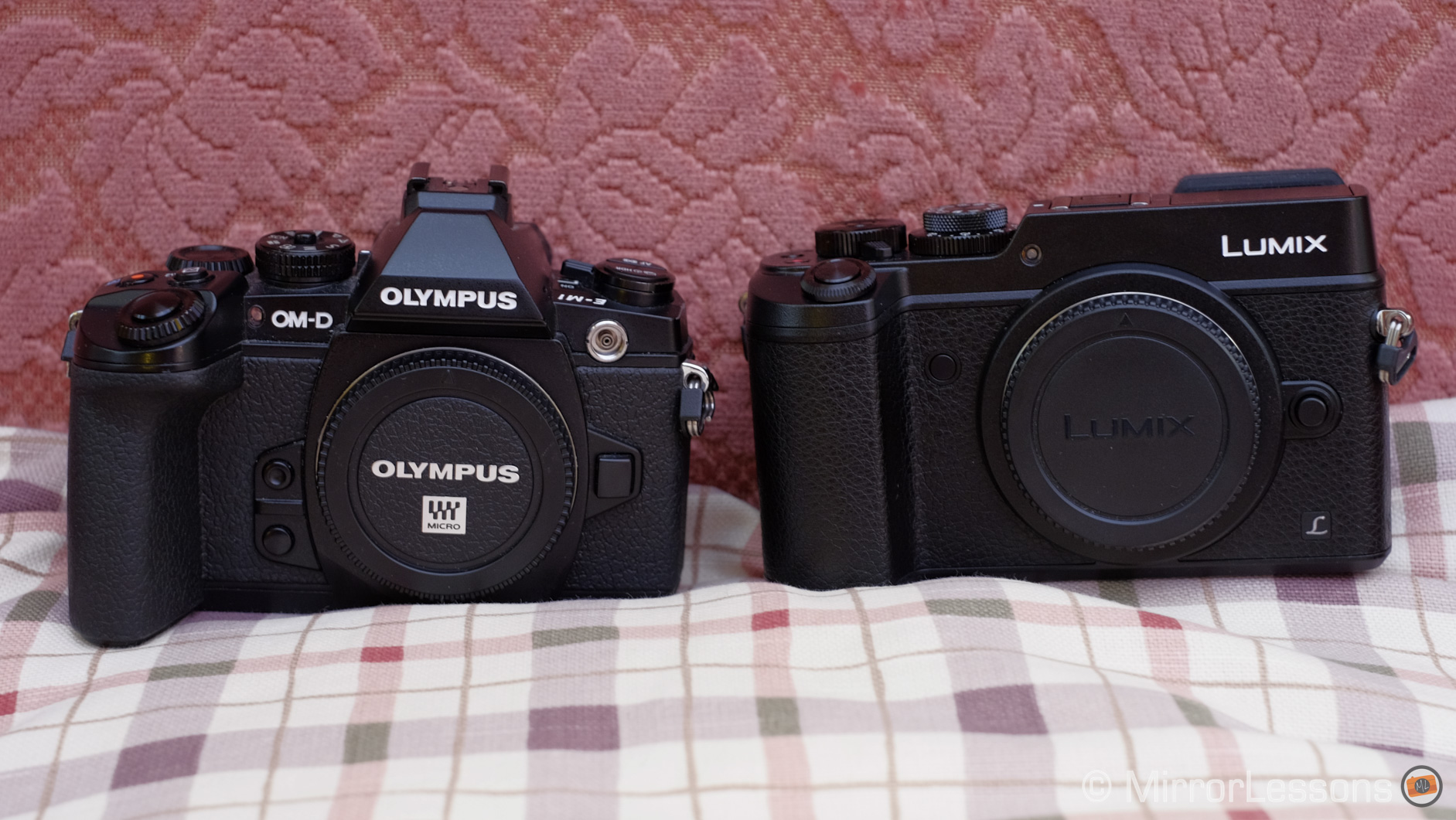

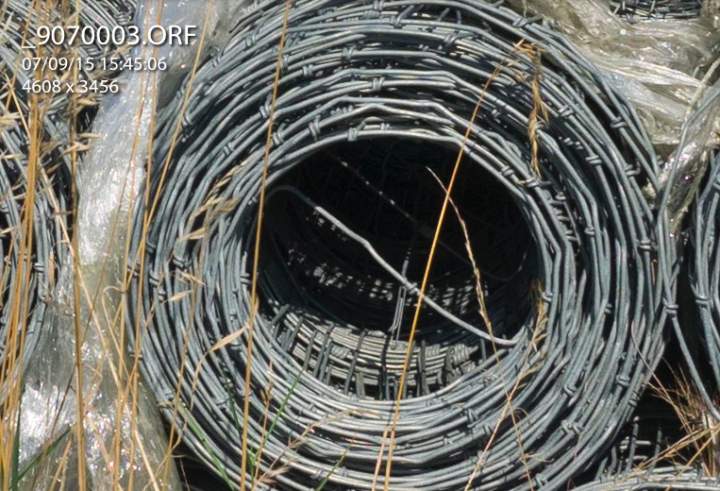
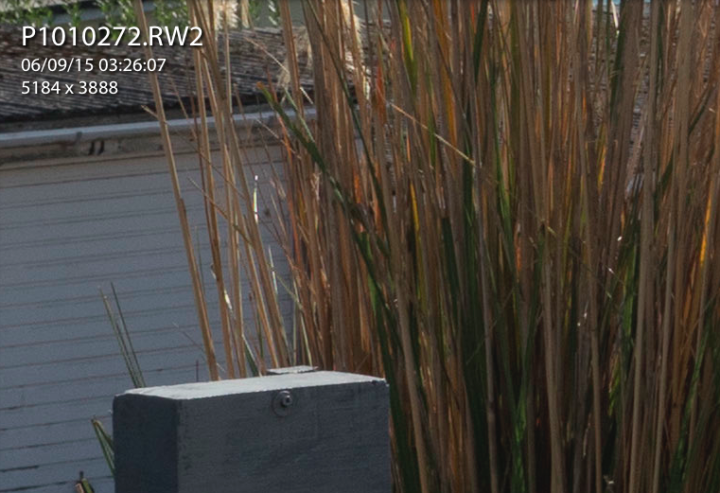
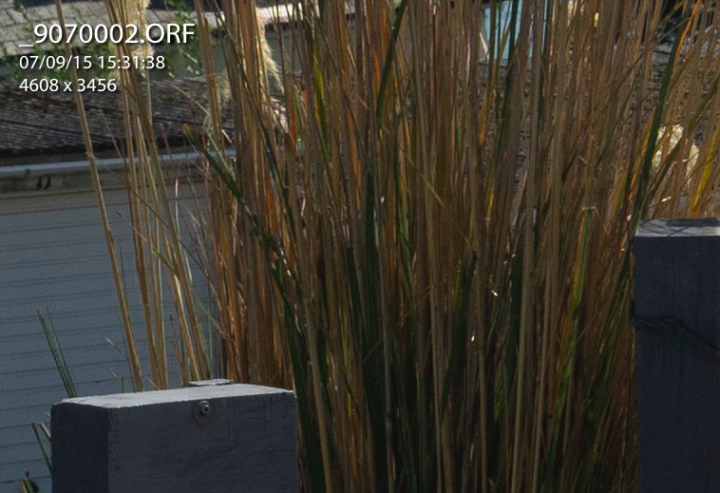
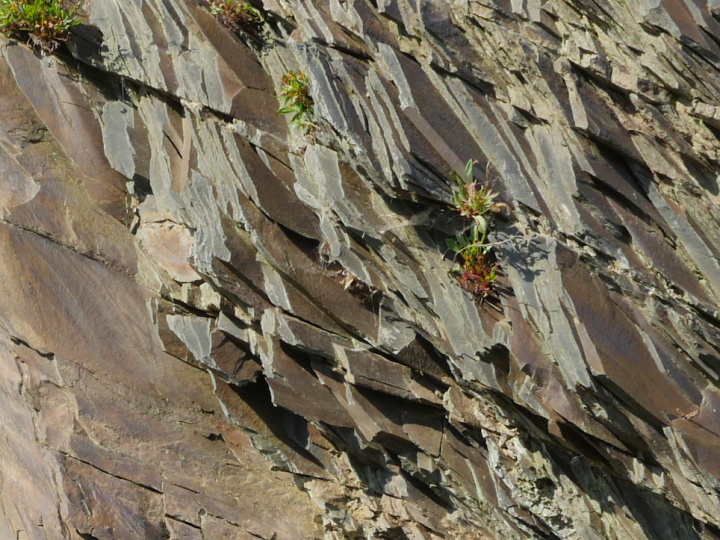
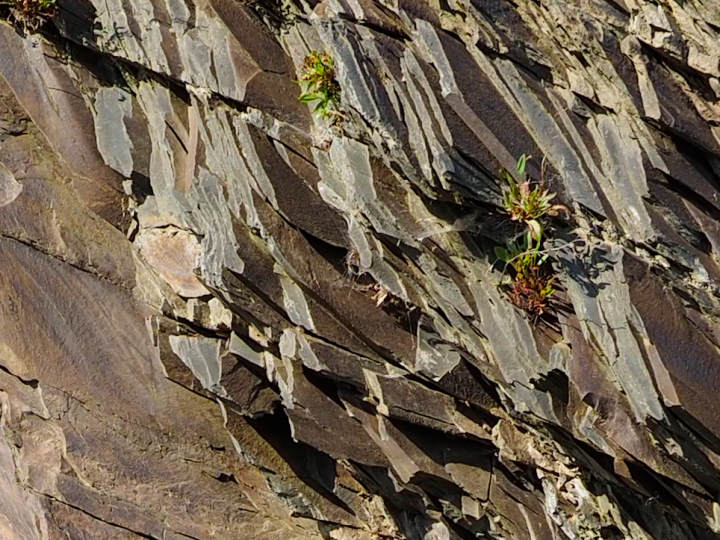






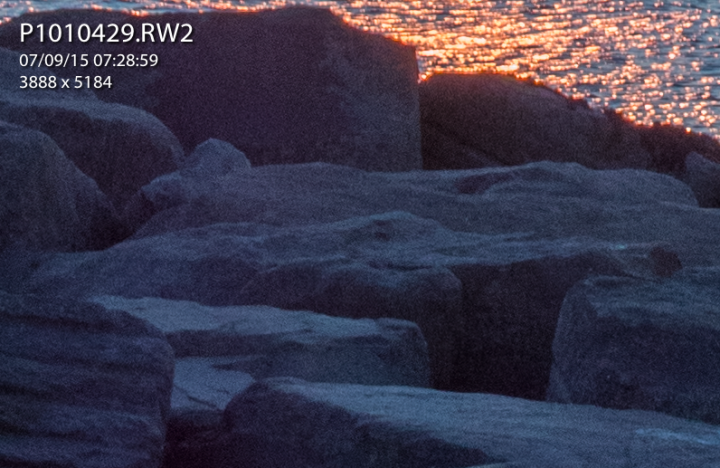


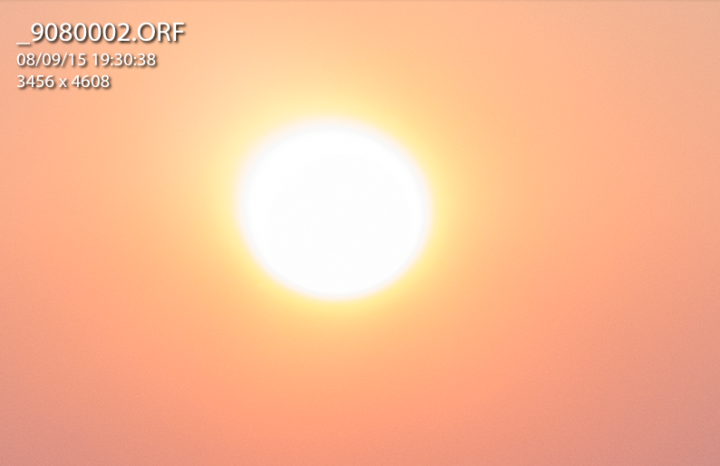
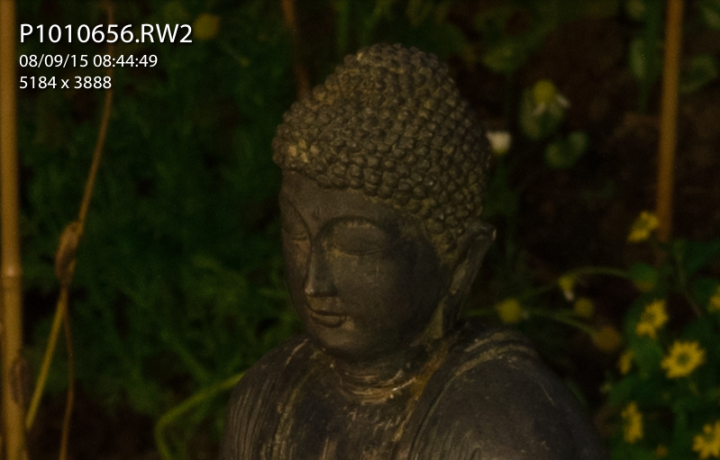
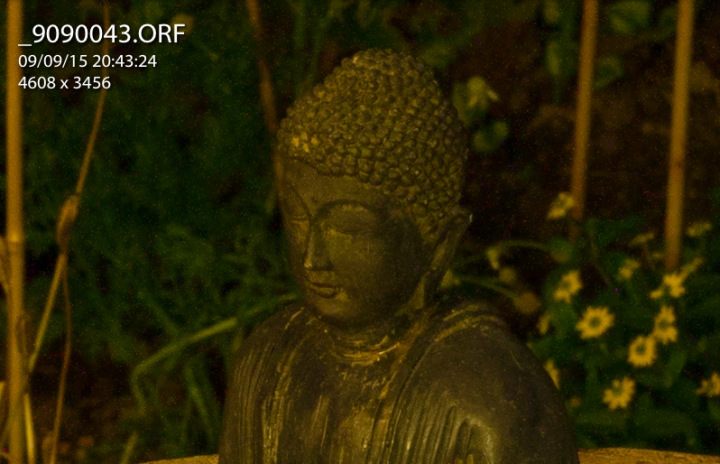
That indoor warm colour is because there is one option in menu to keep in warm the AutoWB if lights are yellow, but you can turn it off and the camera will keep more cold colours. Look at WB options in advance settings. I’m E-M1 and others Olympus cameras owner and i know perfectly why happens. If you change that option they will have identican WB
You still give some worth to DXO?
They give totally different lens values for same lens when just the body is changed between E-M1 and E-PL7, like resolution, dynamic range, ISO performance etc. They have totally pulled their meterings out of their butts and it doesn’t help anyone even talk about them.
Sorry, I meant to write 4 axis. Thanks for catching that. 🙂
why you confirm 2 axis on non-stabilizer lens,it on mode2?
that you need set new focal length on main menu.
on non-stabilizer lens gx8 will activated 4 axis,but why working on 2 axes?
how you know ,stabilizer axis shown on live view lcd?
“2-axis anti-shake” ^_^,Can tell me?
It’ll make hand holding their new 100-400 lens easier at least.
I hope you will have a chance to test the GX8’s “electronic stabilization” mode when using non-stabilized (i.e. Oly) lenses for HD (not 4K) video shooting. I haven’t heard a good explanation of how this works nor how the results measure up.
Yes, I’m not sure which GX8 features required such a distinct jump in size and weight from the GX7.
Yeah, I figured. Still, don’t those indoor shots from the E-M1 look awfully yellow to you?
The GX8 will make a perfect complement to a GX7. I plan to eventually replace my G6 with one and keep the GX7, which will remain my go-everywhere camera. I’ll use them both when shooting events, and the GX8 will provide the tilt & swivel screen for which I now rely on the G6. I like the GX7 so much, and it’s so cheap now, that I’m tempted to get another one as a third body for another prime or to leave on a tripod with a long lens at the back of the ballroom.
I’m surprised by your comparison with the D750. Looking at DPR’s studio comparison shots, I see about a 2-stop advantage above ISO 1600. And, the GX8 looks only about 1/3-stop better than the GX7, right on par with the E-M1. On my GX7, 1600 is still very detailed, 3200 is starting to lose detail, and 6400 is for emergencies only.
I agree – A3 is not a tough test. At that size, it’s hard to see a difference between 8MP and 16MP from good cameras with good glass. It isn’t until about A2 that I start to see an advantage to more MP, and even 16MP looks really good at A1 if processed well.
According to Heather, Panasonic HAS improved their IBIS technology. Sounds like it delivers about 3-4 stops vs. Olympus’ 4-5. This is a big step up from 2 stops on the GX7. Also, Sony has said that their IBIS tech was not borrowed from Olympus but developed internally. By all accounts, it doesn’t perform as well, providing about 2 stops, on par with the GX7. I agree, the GX7 IS way underrated. What is it that makes the GX8 more fun than the E-M1 in use? I’m devoted to Panasonic, but I understand the E-M1 is a great stills camera.
More megapixels on a smaller sensor like mFT could also creates more issues to deal with like noise at high ISOs. Personally I think that both cameras have excellent sensors and when I see what kind of large prints you can make with 16 or 20mp, it is already enough. Certainly Sony is doing better but on larger sensors (except for the RX100 series that is 20mp as well).
I disagree.
will be interesting to see how DXO rates the GX8 – seems rather odd that a 20mp sensor vs a 16MP sensor produce exactly the same results – when then is sony coming out with High MP sensors ?
I do own both the EM1 and the GX8 – and yes to me there is not a significant difference – both are great cameras – but if I am correct does not Panasonic produce the sensor for the EM1 ?? if I am correct then why in the world would they have wasted time with a 20MP sensor ?
I still hope Panasonic will improve on their IBIS technology – especially to work with video as well – and then of course put into the GM6 when it comes out – and GH5 – I just like to see IBIS in all bodies as that makes lenses lighter and cheaper 🙂 so it makes good sense – Sony sure did a good investment in Olympus – and now they are using that technology big time in their A7rM2 and A7m2 and I suspect many more to come –
I think both cameras are great – however I find the GX8 more fun to use – I likewise have a EM5 that collects dust as I hate the small Playback button and so close to next button so I used my GX7s a lot lot more – if one could combine some of the best from Olympus and Panasonic then it would be a heck of a camera – The super nice Full Touch LCD and many soft Fn keys for example – the new great EVF from the GX8 etc etc – my suspicion over the last few years is that the GX7 was way underrated compared to the EM5 and I am sure sales would show that –
I see the main benefit of Olympus stabilization concept that the finder image is stabilized as well with all lenses (if the camera is configured accordingly), whereas finder stabilization with the GX8 can only achieved with OIS lenses. This is important, when using long focal lengths.
Also, improvements in stabilization technology is easier to propagate through the whole lens portfolio with the IBIS concept. OIS lenses can’t get major advances here by principle.
Looks like identical pixel level quality, but the GX8 has 25% more pixels. Not a bad bonus if you ever crop.
I’m also very pleased about the lack of any long-exposure noise on the GX8. Looks very good, especially since that was one of the weaknesses of the GX7. Not great for astrophotography without the long-exposure NR enabled.
First, the Panasonic images have better WB & color in the low-light shots. Second, the rest look pretty much identical. Third, when Olympus has Touchpad AF on all their models, then I’ll give Olympus a look. Until then, Panasonic is the right choice for this working pro.
Thank you very much for the Nikon D750 comparison. I currently shoot weddings with the D750 and want to switch over to mirrorless. The GX8 is now on my radar and your comparisons were extremely helpful. Thank you all the way from Chicago!
I only did one OOC JPG comparison under the sharpness section. The rest are Raw files that were exported from Lightroom as JPGs.
Why do comparison using jpg? It tells about the jpg engine default settings more than anything else. RAW comparison would make more sense.
Print at same size would tell more about IQ difference – if any. As skilled printmaker my guess is there will be a small difference visible at A4.
The Olympus RAW files simply look better aswell. Panasonic surely have an AA filter that is just softening details. Pretty much reinforces Olympus as the choice for photographers.
Thanks David. I’ve yet to complete my testing of the GX8 but so far it’s checking all the boxes. Even the battery life seems reasonable. My only “disappointment” so far is the size, as I was very fond of the GX7’s styling. I’m sure if I’d never tried the GX7 in the first place, I wouldn’t have any issues at all.
I think that the difference at A3 would be minimal. The GX8 only has 1/5th more resolution in the end. We saw a stunning large print (1m on the long side) from the GX8 recently while attending a Panasonic event but we’ve seen equally beautiful prints of the same size made with OM-D cameras.
When compering sharpness, are the more pixels taken in to consideration? What my point is, if I print the test pictures to a similar size, say A3, will the sharpness appear similar, or will the camera with most pixels appear sharper?
Nice article. I compared the GX8 to my OM-D EM-5 II and found much the same. About the same at high ISO’s. But considering the extra pixels I think that’s impressive.
I also did a comparison with a full frame Nikon D750 and found that up to ISO 6400 the GX8 was just as good for noise, which is pretty remarkable. Shows just how far m4/3 has come.
It used to be mirrorless trying to compete with DSLR’s, but with everything else the GX8 has it’s now pretty much the other way round. They still have better battery life because of the lack of a constantly running view screen, but that’s about it these days.
Plus the mirrorless manufacturers are obviously trying harder. I like Nikon DSLR’s very much, but the latest m4/3 cameras and the GX8 in particular are making me think seriously about what all that size and weight offers me. It seems not much. I’ve never been a subscriber to the DSLR is dead bandwagon and they will obviously be around for a while yet, but the GX8 is certainly making my choices somewhat simpler.